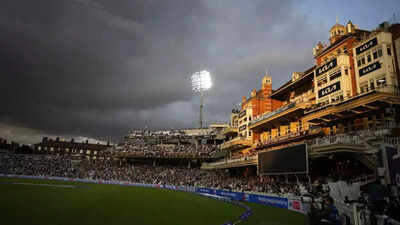India tour of England: Interesting facts about all 5 Test venues; some may amaze you | Cricket News

NEW DELHI: With legends like Virat Kohli, Rohit Sharma, and Ravichandran Ashwin bowing out of the longest format of the game, India tour of England 2025 marks the dawn of a new era.Shubman Gill takes the reins as captain, with Rishabh Pant as his deputy, facing the formidable challenge of English conditions.Go Beyond The Boundary with our YouTube channel. SUBSCRIBE NOW!For England, this series is an opportunity to assert dominance in a crucial red-ball season that includes the all-important Ashes later this year.
As five historic venues get ready to host this high-voltage series, here are some fascinating and lesser-known facts about each ground.
1st Test: Headingley, Leeds | June 20–24
In 1932, Headingley unusually hosted a football match during a break in the cricket season. The soft summer pitch couldn’t withstand the rough play, leaving the turf badly damaged.When a County Championship match followed soon after, players faced poor footing and uneven bounce, sparking widespread complaints and criticism.
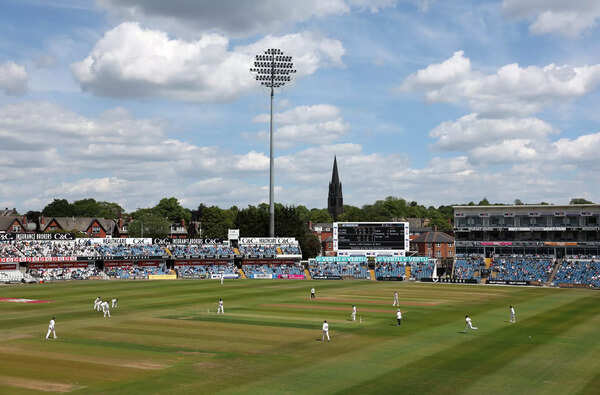
Leeds, England (Photo by George Wood/Getty Images)
The incident led Yorkshire County Cricket Club and the MCC to implement stricter rules against multi-sport use of cricket grounds.Though dual-use venues were more common during wartime, this episode reinforced the need to protect cricket pitches year-round, particularly during the season.It became a turning point in ensuring that major cricket venues were preserved solely for cricket during their primary playing months.
2nd Test: Edgbaston, Birmingham | July 2–6
Edgbaston became the first cricket ground in England to install permanent floodlights in 1997, paving the way for day-night matches.One of its most iconic sections, the Eric Hollies Stand, is known for its electric atmosphere, but also carries historical weight.
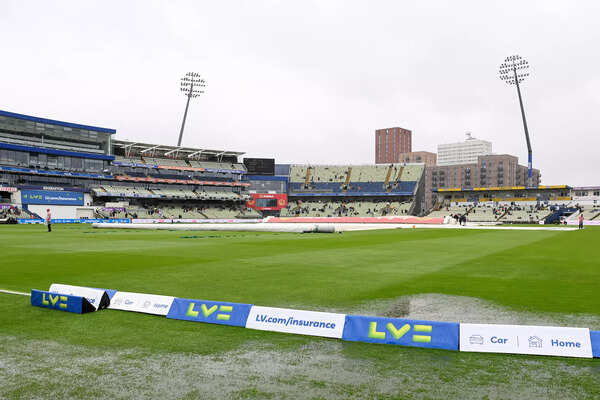
Birmingham, England. (Photo by Stu Forster/Getty Images)
It’s named after the bowler Eric Hollies, who famously dismissed the legendary Don Bradman for a duck in his final Test innings, preventing him from finishing his career with a perfect batting average of 100.
3rd Test: The Lord’s, London | July 10–14
Lord’s is famous not just for its heritage. The ground has a 2.5-metre slope from one side to the other, which can significantly influence seam and swing bowling.Many players say it takes a few overs to adjust to the incline, especially when running uphill or downhill.
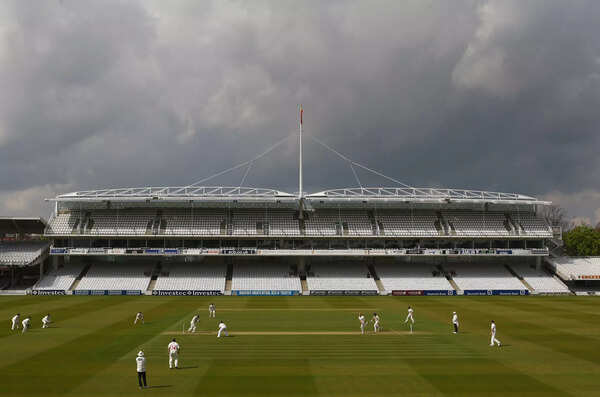
Lords Cricket Ground in London, England. (Photo by Tom Shaw/Getty Images)
Adding to this, beneath the iconic Pavilion lies one of the world’s oldest cricket libraries. It houses a vast collection of cricket literature, including rare books, scorecards, and documents dating back to the 1700s.
4th Test: Old Trafford, Manchester | July 23–27
Old Trafford hosted the first Ashes Test on English soil in 1884. However, its most iconic memory came in 1956, when England’s Jim Laker produced a legendary bowling performance, taking 19 wickets for just 90 runs against Australia.
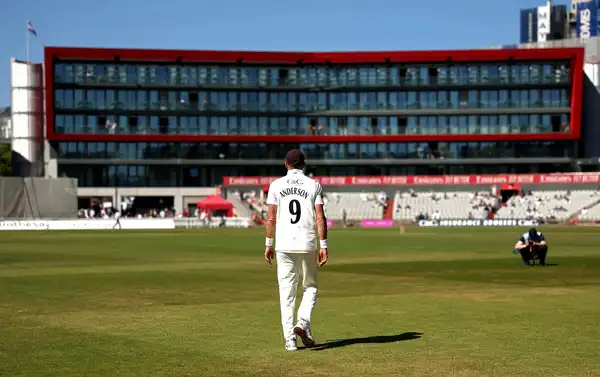
Old Trafford in Manchester, England. (Photo by Alex Davidson/Getty Images)
It remains the best match figures in Test history and a record that has never been matched.Laker’s feat is immortalised at the ground, with a commemorative plaque on the dressing room balcony.
5th Test: The Kia Oval , London | July 31 – August 4
Before Lord’s became the spiritual home of cricket, The Oval earned its place in history by hosting England’s first-ever home Test match in 1880, against Australia.
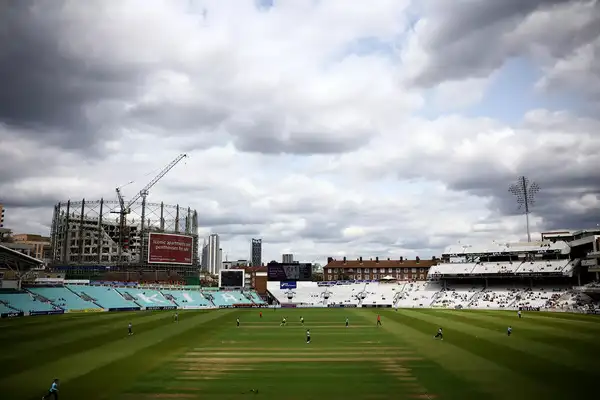
The Oval in London, England. (Photo by Ben Hoskins/Getty Images for Surrey CCC)
It was the beginning of England’s proud Test tradition. For more than a century, the Oval’s skyline was defined by its towering gasworks, the famous industrial backdrop that became as iconic as the cricket played below it.Though now dismantled, the gasworks live on in cricketing folklore, often seen in old match footage and photographs.

